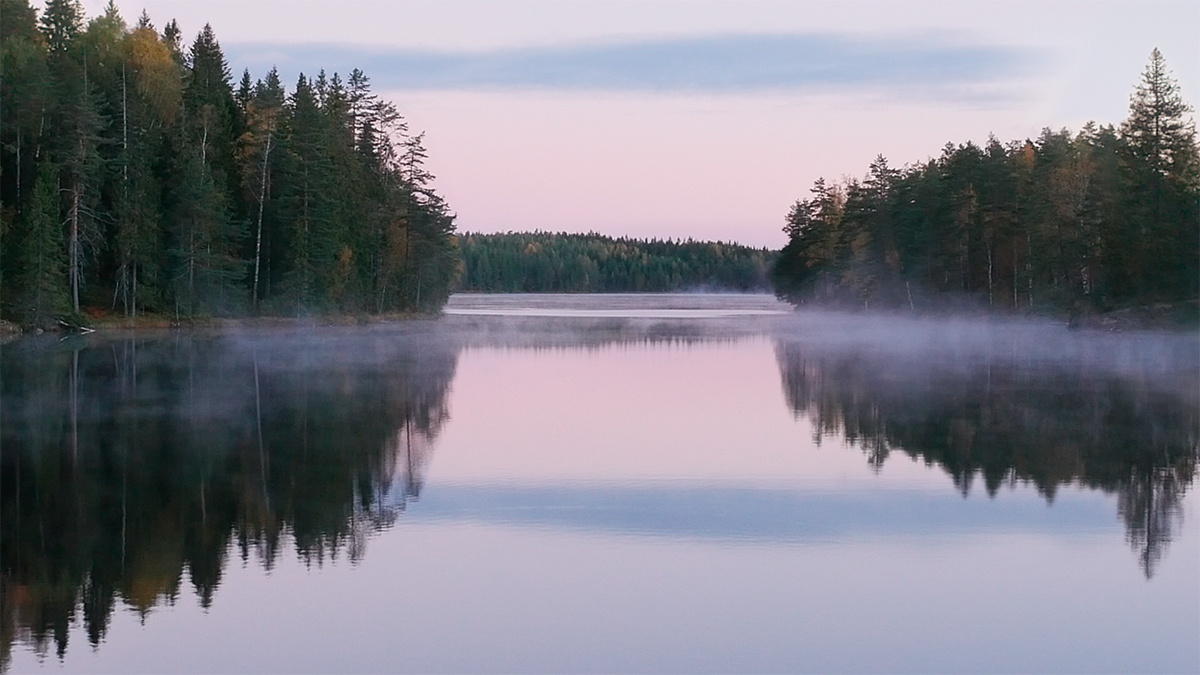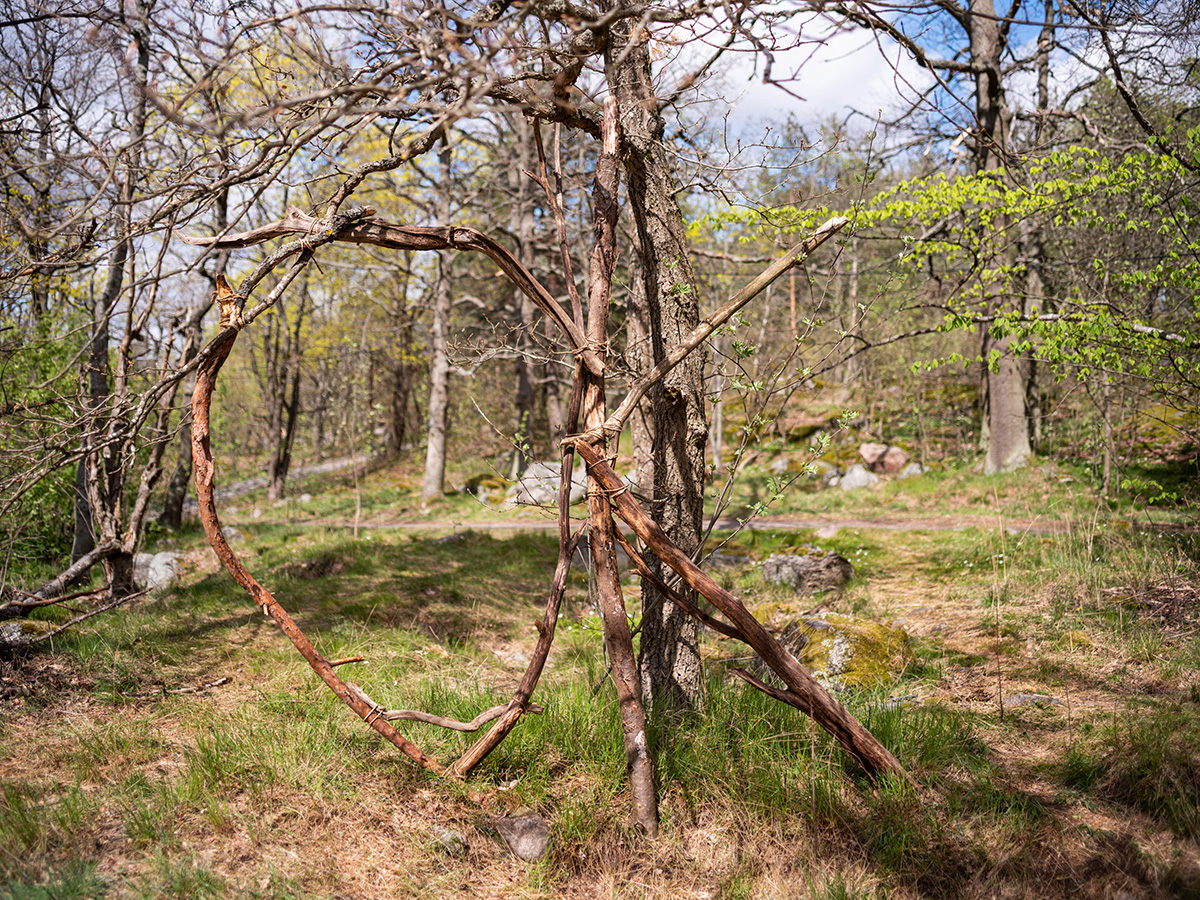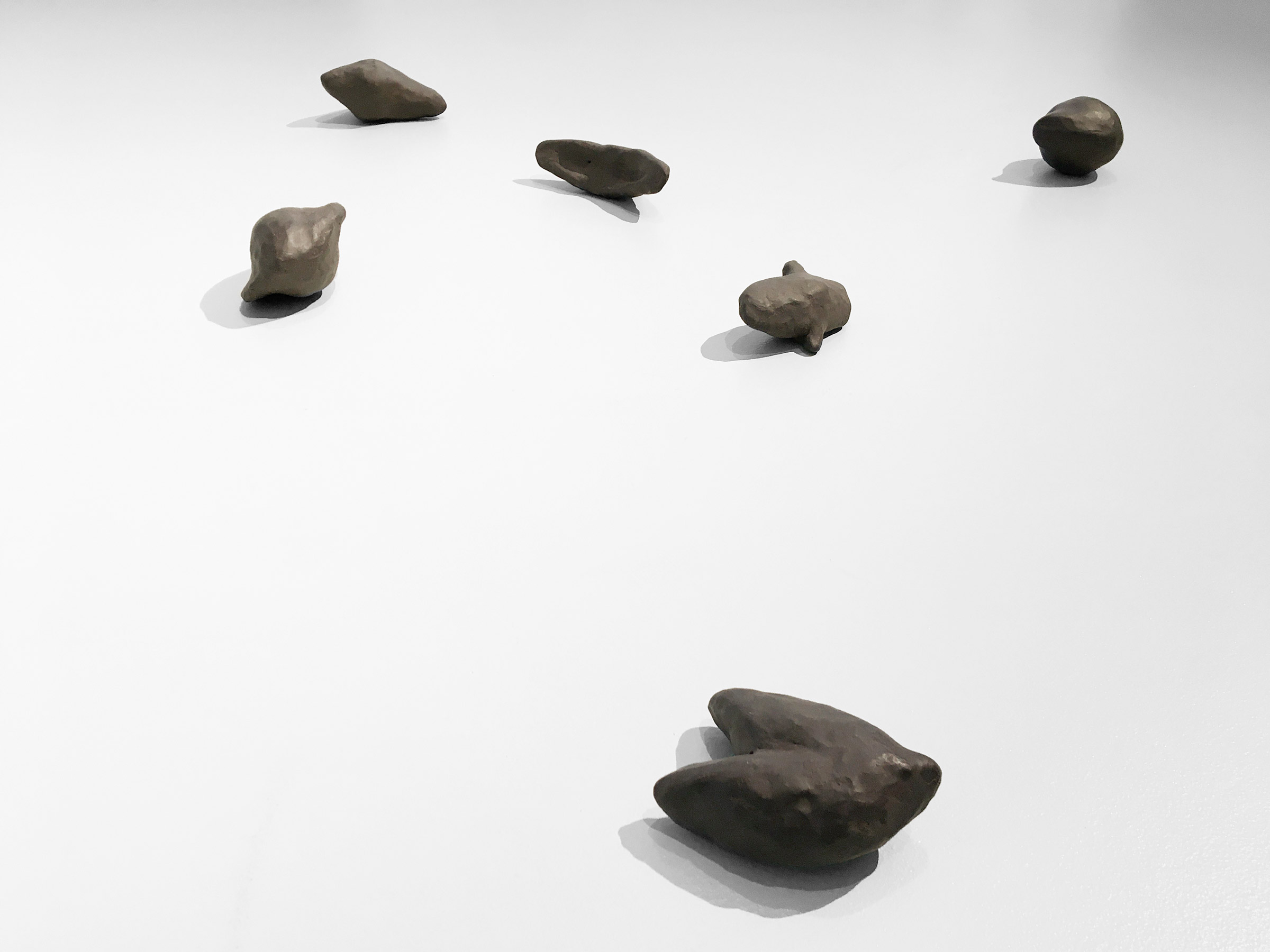The exhibition Conceptions of Nature follows the Western world’s view of nature through art from the beginning of the 19th century until today.
During this time, some of the biggest technological and societal changes in the history of the Western world are taking place, resulting in a large shift from land to city and from the use of the land to work in factories. In the modern city as a culture-bearing environment, a new interest is emerging for nature depictions in text, music and painting. An entry to the works shown in the exhibition is that man’s discovery of nature occurs only when she is no longer an obvious part of it. Historian Peter Englund writes in The Landscape of the Past: ”It is only when man is different from nature that she can discover it, embrace it and turn it into poetry.” Today, when we have long mastered nature, art questions the separation from it instead. Perhaps the modern man must completely change his or her view of nature as a resource and again be in a closer relationship with nature?
The exhibition shows a number of landscape paintings from 1800-1900, the majority of which are in the Västerås Art Museum’s collection. Here are paintings by C J Fahlcrantz, Marcus Larsson, Arvid Mauritz Lindström and Bruno Liljefors. In dialogue with classical painting, contemporary works of art are displayed by artists who all work with different approaches to nature and the concept of nature.
Participants include Björn Larsson, IC-98, My Lindh, Patrik Karlström, Ingela Ihrman, Richard Johansson, Rebecca Farrensteiner and Stefan Klys, Nayab Ikram and Sara-Vide Ericson.
Inauguration January 25 at 2pm.
Mikael Ahlund, art historian and museum director Gustavianum, Uppsala opens the exhibition.
The exhibition was created in good collaboration with Art Lab Gnesta, Uppsala Art Museum, Gothenburg Art Museum, Gustavianum; Uppsala and private lenders. Thanks to Nordic Culture Contact.
As part of Conceptions of Nature, art historian Mikael Ahlund and journalist and author Therese Uddenfeldt have written personal reflections on the art and view of nature – from a historical and contemporary perspective.



